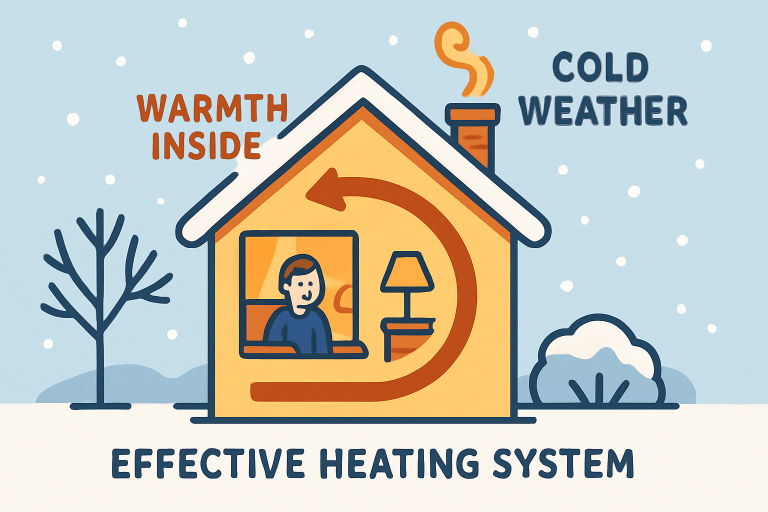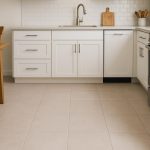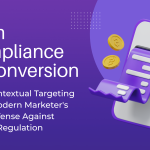Key Takeaways
- Escalating utility bills and frequent repair calls are clear signs your heating system may be overdue for replacement.
- Uneven heating, strange noises, and declining air quality point to inefficiencies and potential health concerns.
- Modern heating systems dramatically improve comfort, reliability, and energy savings.
Table of Contents
- Introduction
- Rising Energy Bills
- Frequent Repairs
- Uneven Heating
- System Age
- Strange Noises or Odors
- Outdated Technology
- Declining Indoor Air Quality
- Safety Concerns
- Benefits of Upgrading
- Conclusion
As winter temperatures set in, your home’s heating system becomes the backbone of comfort and coziness. If you’re noticing rising energy bills or unreliable performance, it may be time to consider professional furnace installation in Toms River, NJ. Catching the red flags early can help you avoid sudden breakdowns and costly repairs during the coldest months of the year. Recognizing when it’s time for a heating system upgrade not only improves indoor comfort but is also a smart investment in energy savings and your family’s safety. Older systems can often struggle to keep up, resulting in uneven warmth and even hazardous malfunctions if left unchecked.
Before the next cold snap hits, learn how to spot the warning signs so you can make a proactive decision and avoid discomfort or emergency expenses. Upgrading your heating system isn’t just about avoiding problems—it’s about creating a more sustainable, healthy, and cost-effective home. The U.S. Department of Energy offers helpful insights on furnace efficiency and home heating upgrades to help you better understand the impact a modern heating system can have on your home.
Rising Energy Bills
A spike in your monthly heating costs—especially when your usage habits haven’t changed—signals inefficiency in your current system. Older units often require more energy to reach the same temperature, leading to higher utility bills. According to Consumer Reports, an outdated system can lose up to 40% of its efficiency over time. Replacement with a high-efficiency model can dramatically lower your heating costs and carbon footprint.
Frequent Repairs
If you frequently call for repairs, your system is likely on its last legs. Frequent breakdowns are not only a nuisance, but over time, repair bills add up and might approach or even exceed the cost of a new, reliable system. Investing in a new installation offers peace of mind and fewer unexpected service calls.
Uneven Heating
Do you notice that some rooms feel drafty and cold while others are stuffy and hot? Uneven heating is a symptom of a system that cannot adequately distribute warmth throughout your home. Ductwork issues, aging components, or an incorrectly sized unit may be the cause. Modern systems with advanced zoning and variable-speed technology can deliver even, consistent temperatures in every room.
System Age
Most heating systems are designed to last 15 to 20 years with proper maintenance. If your system is nearing—or has surpassed—this threshold, efficiency, reliability, and safety decline. Older models are also unlikely to meet today’s higher energy standards, meaning you could be spending more for less performance.
Strange Noises or Odors
Banging, rattling, screeching, or persistent musty/burning odors are sure signs that something is wrong inside your heating system. These noises can indicate worn-out components, trapped debris, or airflow issues; odd scents may point to electrical problems or mold growth. Promptly addressing these issues with a qualified technician is critical for safety and avoiding a major breakdown.
Outdated Technology
If you’re using a system without programmable controls, smart thermostats, or variable-speed motors, you’re missing out on significant energy savings and improved comfort. Technological advances in modern heating equipment allow for greater customization, better air filtration, and connectivity for remote control and monitoring.
Declining Indoor Air Quality
An old heating system can harm indoor air quality. Aging equipment may allow dust, allergens, and moisture to circulate freely, worsening allergies and respiratory issues. Modern units offer improved filtration and humidity control to keep indoor air clean and healthy for everyone in your home.
Safety Concerns
As heating systems age, they are more susceptible to hazards such as cracked heat exchangers or faulty wiring, which can result in dangerous carbon monoxide leaks or fire risks. Routine maintenance is key, but when safety issues become persistent, replacing the system is the safest route for your household’s well-being.
Benefits of Upgrading
Modern heating systems deliver more than warmth. Here’s what you can expect from a new installation:
- Significant reduction in monthly energy bills due to improved efficiency.
- Even and comfortable heat in every part of your home.
- Smart technology for better control, increased reliability, and connected home features.
- Healthier indoor air and reduced risks of hazardous malfunctions.
Conclusion
Don’t wait until a breakdown leaves you in the cold. Paying attention to early warning signs like increased bills, frequent repairs, uneven heating, and strange noises ensures you act proactively. A timely upgrade to a modern, energy-efficient heating system means improved comfort, lower costs, and total peace of mind for you and your family.
Lynn Martelli is an editor at Readability. She received her MFA in Creative Writing from Antioch University and has worked as an editor for over 10 years. Lynn has edited a wide variety of books, including fiction, non-fiction, memoirs, and more. In her free time, Lynn enjoys reading, writing, and spending time with her family and friends.















